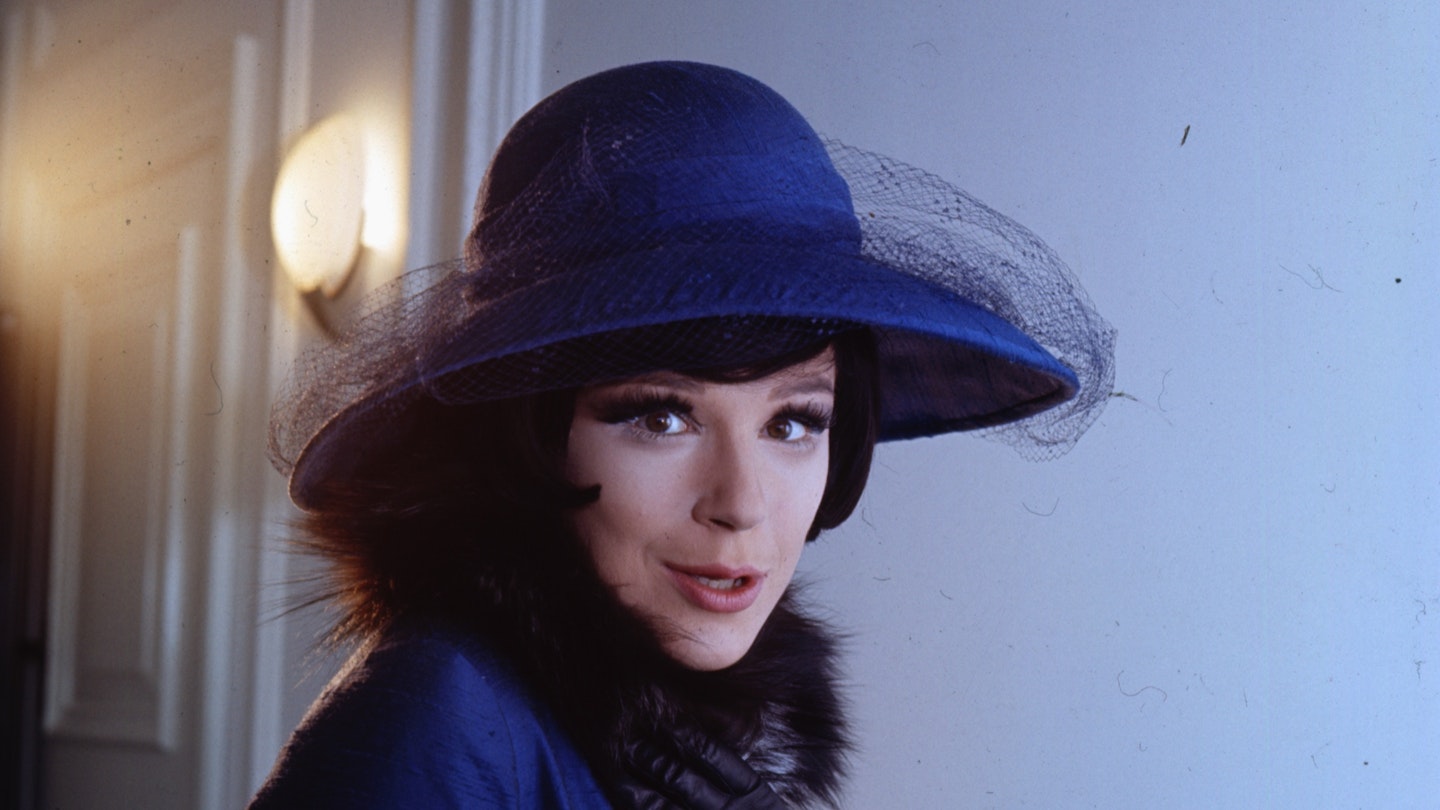By the twelfth entry into the Carry On series, the team was well into its stride but showing signs of being stuck in its ways, success was reducing inspiration rather than firing it. Kudos, then, should be given for this successful attempt to enrich the basic tenets of the Carry On ethos with a new flavour. Screaming is most certainly a Carry On film, with its pungent innuendo and sheepish sexism, but its exploration of a genre — in this case, the lurid fillips of Hammer Horror — reveal genuine skill and appreciation. There was the sense, seldom sought out post-Screaming, that Carry On could become a satirical tool.
Most obvious of Screaming’s small triumphs, is that between its bouts of bawdy humour, it is actually scary. Referencing the fog-bound traditions of House Of Wax, Frankenstein and Dr. Jeykll And Mr. Hyde as well as more unusual combo-horrors like Frankenstein Meets the Wolfman, the schemes of evil Doctor Watt, played with Williams’ writhing high-pitched gusto, and meted out by his lugubrious duo of hirsute ghouls Oddbod and Oddbod Junior, have a squirmy sense of awfulness. The joke is sailing as close to the genre as possible, aided by some excellent low-budget, and rather gruesome special effects work. The corpse count may not be as high as the gaudy Carry On period pieces, but it carries an effective sense of finality. “Frying tonight,” drools Williams nastily, as he plunges his victims into a vast vat of boiling wax.
It is still a comedy and a very funny one at that. Harry H. Corbett, Steptoe himself, made a one-time entry into the series and of the quartet of famous one-off players (otherwise add Bob Monkhouse, Ted Ray, Phil Silvers) made the most of the opportunity, giving dopey Detective-Sergeant Bung a sturdy, formal quality. He sort of feels like a real hero. Credit too, for Thomas’ gleeful mocking of the Eastmancolor hues of Hammer, the glaring, sickly palette can be seen best effect amongst the pipes and pipettes of Watt’s flamboyantly clichéd lab. As with all the best parodies, there was love amongst its naughtiness.

